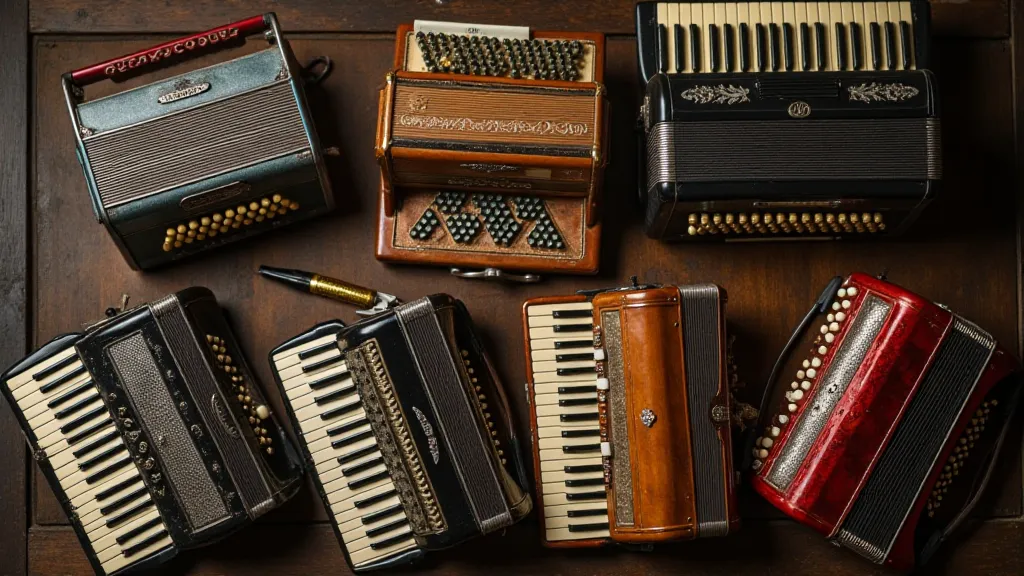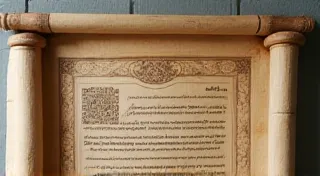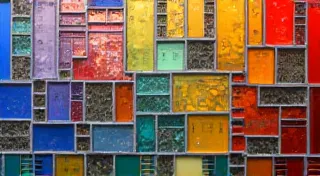The Weight of Lineage: Honoring Past Voices in Contemporary Writing
There’s a profound beauty in imperfection. In the cracks, the chips, the faded glory of something that has lived a life. This isn’t merely an aesthetic appreciation; it's a recognition of history, of resilience, of the echoes of hands that shaped and cherished an object. This philosophy is at the heart of Kintsugi, the Japanese art of repairing broken pottery with gold. And it offers a powerful parallel to the craft of writing, particularly the challenge of forging a unique voice amidst the chorus of past voices.
My grandfather collected accordions. Not pristine, showroom models, but instruments weathered by time, travel, and countless melodies. He's gone now, but I remember the comforting smell of dust and aged leather that clung to his workshop, the feel of the bellows under my small hands as he’s teaching me a simple tune. Each accordion held a story; a faded sticker hinted at a polka band in Milwaukee, a scuff marked a wartime journey, a missing button suggested a moment of hurried repair long ago. They weren’t perfect; they were *lived*. He’s taught me that the character of the object resided not in its flawless condition, but in the evidence of its journey.
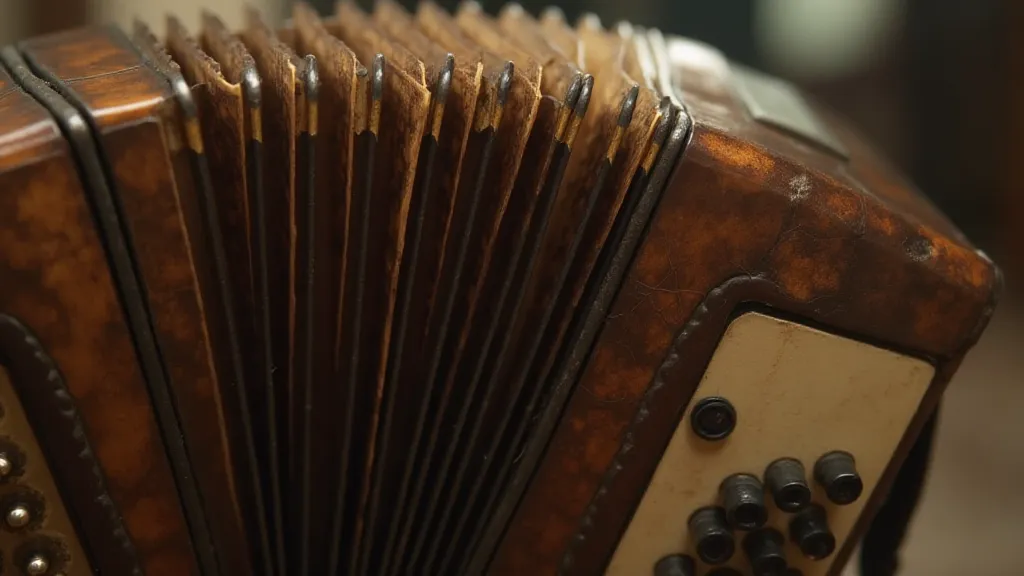
Kintsugi embodies this same reverence. When a beloved ceramic piece breaks, the Japanese don’t discard it. Instead, they meticulously repair it, using lacquer mixed with gold, silver, or platinum. The breaks aren't disguised or minimized; they are celebrated as integral parts of the object's history. The repair isn't seen as a fix, but as an enhancement, making the piece even more valuable than it was before. It's a visible acknowledgement of loss and a testament to the beauty of restoration.
The Echoes of the Masters
As writers, we inherit a vast and intricate lineage. From Homer’s epic verses to Shakespeare’s lyrical prose, from Austen’s witty observations to Woolf’s stream-of-consciousness, we stand on the shoulders of giants. We breathe in the air they breathed, we grapple with the same fundamental questions they wrestled with, and we are inevitably shaped by their influence. Trying to create something truly original, in this landscape, can feel like shouting into a hurricane. The voices of the past are so loud, so resonant, that it’s easy to feel drowned out.
Early in my writing career, I was consumed with imitation. I read my favorite authors and tried to write *like* them, believing that mastery lay in replicating their style. I’m analyzing sentence structure, mimicking their vocabulary, and desperately hoping to capture a spark of their brilliance. The result was bland, lifeless prose—a pale imitation of something far greater. I was trying to erase my own voice, to become a mere echo chamber for the masters. The irony was crushing.
The key, I eventually realized, wasn't to abandon the voices of the past, but to understand them. To dissect their techniques, to appreciate their vision, and then to use that knowledge to inform my own work. Think of Kintsugi again: the craftsman doesn't erase the crack; they highlight it. They don’t try to make the object appear new; they celebrate its history. Similarly, a writer should acknowledge their influences, embrace the traditions of their craft, and then use those foundations to build something uniquely their own.
Crafting Your Own Gold Lining
The process of finding your own voice is rarely linear. It involves experimentation, failure, and a willingness to be vulnerable. It demands a relentless self-assessment, a constant questioning of your assumptions, and a deep commitment to honesty.
Consider the meticulousness of a Kintsugi artisan. They don’t rush the process. Each repair is painstakingly executed, requiring precision, patience, and a profound respect for the object's history. Writing requires a similar level of dedication. It’s not about churning out words; it’s about crafting sentences, shaping paragraphs, and developing a narrative that resonates with truth and authenticity.
My grandfather often spoke about the importance of feeling the instrument. Not just mechanically understanding how it worked, but *feeling* the vibrations, the nuances, the inherent character of the accordion. He said that’s how you learn to play it properly – by understanding its heart. Writing demands a similar empathetic connection. You need to feel the weight of your words, the rhythm of your sentences, and the impact of your narrative. That feeling is what transforms writing from mere technical exercise into a deeply personal act of creation.
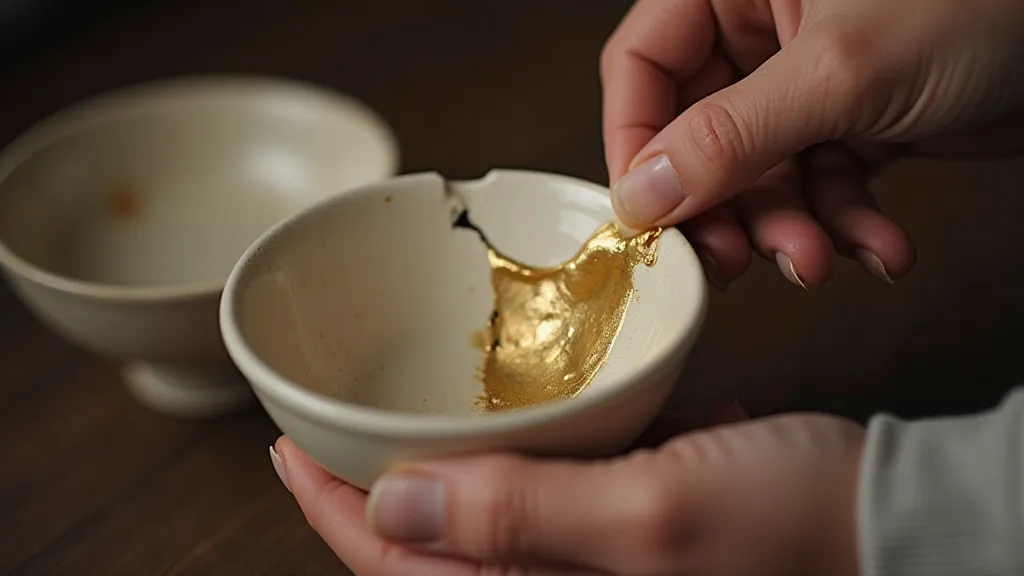
The Imperfect Narrative
Perhaps the most powerful lesson Kintsugi offers writers is the acceptance of imperfection. There's a beauty in the cracks, the flaws, the moments of vulnerability that reveal the human spirit. A narrative doesn't need to be perfect to be meaningful. In fact, it’s often the imperfections, the moments of struggle and doubt, that make a story truly resonate.
My grandfather’s accordions were far from pristine. They bore the marks of time and travel. But those imperfections were what made them so special. They were a testament to a life lived, a history embraced. And the same is true of writing. It’s okay to be imperfect. It’s okay to be vulnerable. It’s okay to be human. That's what makes your voice unique, authentic, and unforgettable. The reader doesn't want a flawless imitation of someone else's voice. They want *your* voice, flaws and all.
Ultimately, honoring the lineage of past writers isn't about imitation; it’s about building upon their foundation. It’s about acknowledging their influence, embracing their traditions, and then forging your own unique path, guided by your own vision, fueled by your own passions, and marked by the indelible gold of your own experiences. Like Kintsugi, your writing will be made stronger and more beautiful because of the cracks – because of the acknowledgement of what’s been, and the commitment to what will be.
